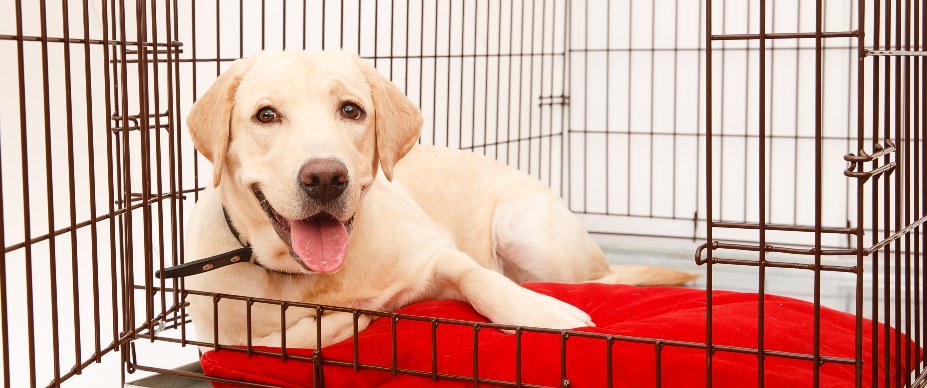Crate training is a useful way to help your dog or puppy feel safe and secure. Dogs who are properly crate trained will visit their crate willingly and enjoy spending time in it. This can be helpful at night, when you're away or in situations where you can't directly supervise him.
Here are 5 tips for crate training your dog;
1.Select the Right Crate for Your Dog
It’s important that you select the right size crate for your dog. If it’s too small, then they won’t be able to fit comfortably or at all. If it’s too big, then there will be room for them to go in the corner and relieve themselves without you knowing about it until later when things start to smell bad in the house. The crate should also have enough ventilation, but not so much that your pet can escape from it easily either.
- Introduce Your Dog to the Crate
Introduce your dog to his new crate by leaving the door open and place a treat inside it. Make sure that he sees you placing the treat inside so that, he knows that it is there. This will make him curious about what’s inside and entice him to go in. Only close the door after he has entered willingly and stayed there for some time.
- Feed Your Dog Within the Crate
Place his food bowl towards the back of the crate, so he has to walk all the way in to reach it. Once he has finished eating, leave him inside for some time before letting him out again.
- Give Treats When He Goes Inside
Once he's comfortable entering, leave some treats inside with him. At starting, close the door for short periods while you're home with him. As he gets better about this, start lengthening the time he spends in the crate while you're gone.
- Keep it Comfortable
Put a soft towel in the crate, along with some toys, so your dog associates it with being a nice place to relax.
Don't use the crate as punishment. The purpose of a crate is to be a safe place for your dog, not a place where he is sent when he's in trouble. If you try to turn it into punishment, you're sabotaging the whole process.
Before you begin crate training your puppy, keep in mind that it is normal for puppies to cry or whine when they are confined in a crate. This early phase of training will be trying, but it's important to stick with the process in order to establish good habits and avoid bad behavior. If you think your dog has been whining too long or is not adapting well to the crate, contact your veterinarian immediately; it could be a sign of something more serious.
I hope you will find these “5 tips for Crate Training Your Dog” as helpful. It's a lot easier to train your dog for the crate. You simply need to understand what your dog needs and how he or she works. If you know these things, then crate training will be much easier for both of you.

